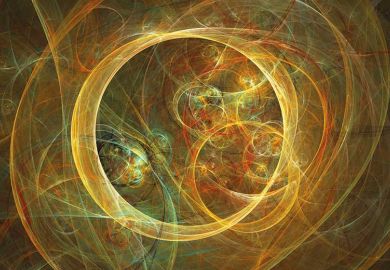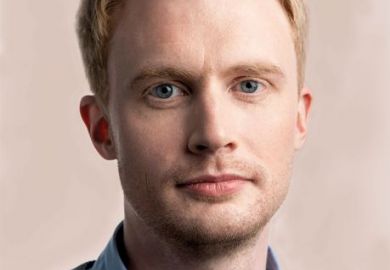Since one of my literary heroes, Italo Calvino, has described Paolo Zellini’s A Brief History of Infinity as “one of the finest books ever published”, I came to this short, evocatively titled work with high expectations. We are promised “a brief cultural and intellectual history of mathematics”. But while the text is full of interesting ideas, I feel that its 200 pages deliver a rather limited view of mathematics.
The book is about numbers: what numbers we believe to exist, and how we regard their existence. The author ranges widely, from the Shulba Sutras of the Vedic period in India, dating from the first millennium BC, to various ancient Greek philosophers; mathematicians such as Richard Dedekind and Georg Cantor, who refined our thinking about irrational numbers in the 19th century; and 20th-century mathematicians such as Alan Turing and Norbert Wiener. He finishes with today’s mathematics of error analysis in large-scale computation.
In what sense does the square root of two, the ratio of the length of the diagonal of a square to its side, exist, when it cannot be expressed as the ratio of two integers? This well-known problem, which according to legend perplexed the Pythagoreans, is related to a major theme of the Shulba Sutras – how can we scale up altars of particular shapes to double their volume? Zellini draws comparisons between the ancient problems and more modern mathematics. The rate at which volume increases as a linear dimension changes is connected to the basic idea of differential calculus – the rate of change of a dependent variable according to changes in the independent variable. Similar insightful and thought-provoking connections are made throughout the book.
Zellini displays a wide knowledge of classical sources and genuine Vedic mathematics (not to be confused with the modern appropriation of the term to describe interesting methods of arithmetic calculation that are not authentically Vedic). Many mathematical readers might be most interested in the latter part of the book, which discusses the implications of computational mathematics for our idea of number. If a quantity can be calculated to an arbitrarily high level of precision by an algorithm, does that mean that the number exists? Does it matter how long the algorithm takes? Is it meaningful to refer to something as a number if it would take longer than the age of the universe to calculate an approximate value for it? And since numerical computation by computer inevitably involves rounding errors, because of the limited memory of any physical computer, how does that impact on the meaning of numbers that we believe require definition to an arbitrary level of precision but which we cannot calculate precisely?
Zellini’s focus here is on a particular kind of numerical computation – that which arises in traditional applied mathematical modelling – and there are many areas of modern mathematics that are not directly affected by his discussion. Not all calculations involve rounding errors. And what is the nature of the existence of abstract algebraic structures such as the Monster sporadic simple group, which practitioners regard as a real entity? This is a stimulating book, generally well translated (although with mathematical terms occasionally catching out the translators), but perhaps it leaves the reader with more questions than answers. That, in case you are wondering, is intended as praise.
Tony Mann is director of the Maths Centre at the University of Greenwich.
The Mathematics of the Gods and the Algorithms of Men: A Cultural History
By Paolo Zellini; translated by Simon Carnell and Erica Segre
Allen Lane, 252pp, £18.99
ISBN 9780241312179
Published 27 February 2020
POSTSCRIPT:
Print headline: An assembly of significant figures
Register to continue
Why register?
- Registration is free and only takes a moment
- Once registered, you can read 3 articles a month
- Sign up for our newsletter
Subscribe
Or subscribe for unlimited access to:
- Unlimited access to news, views, insights & reviews
- Digital editions
- Digital access to THE’s university and college rankings analysis
Already registered or a current subscriber?








